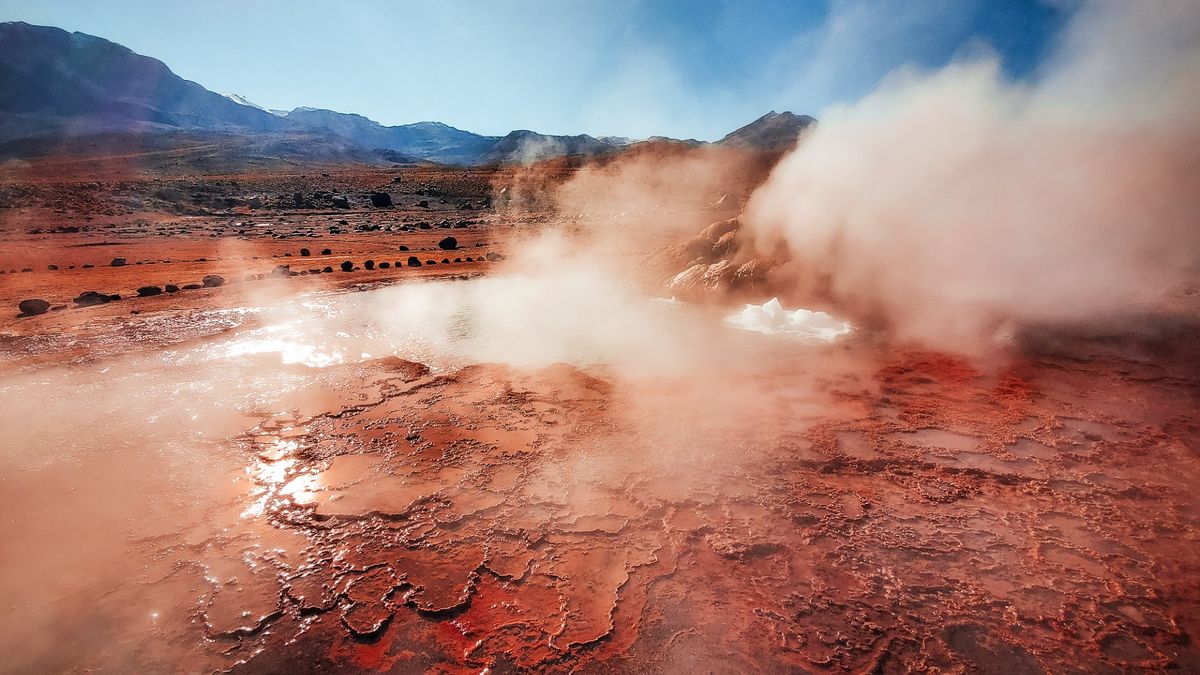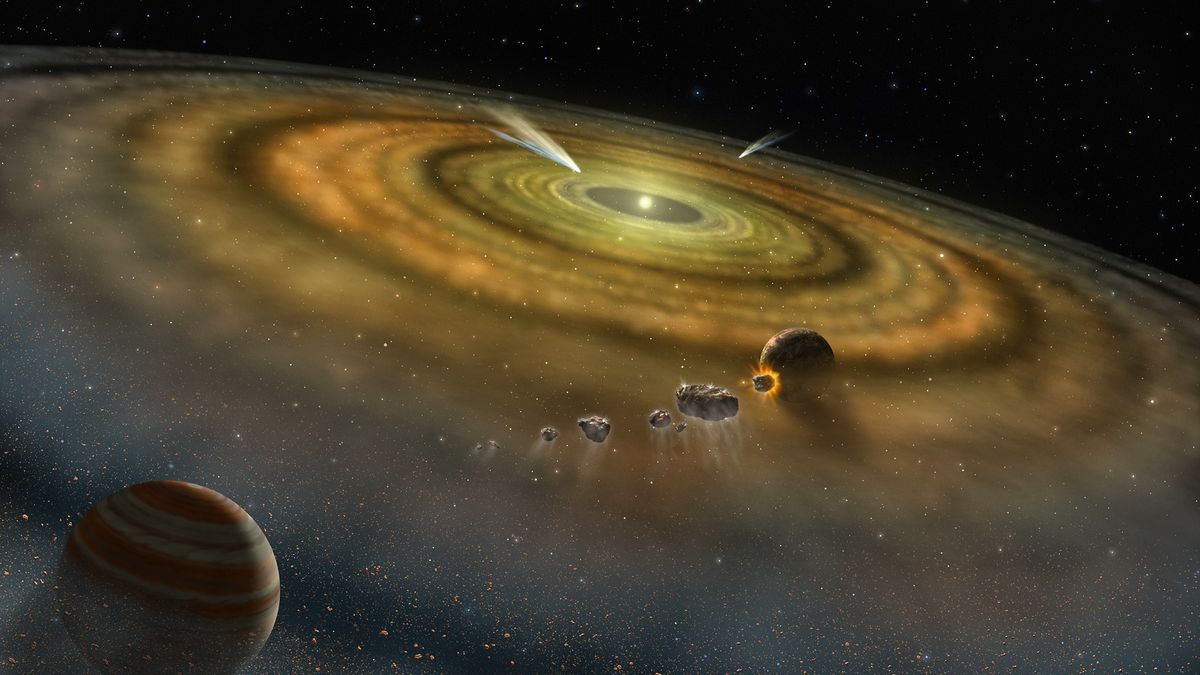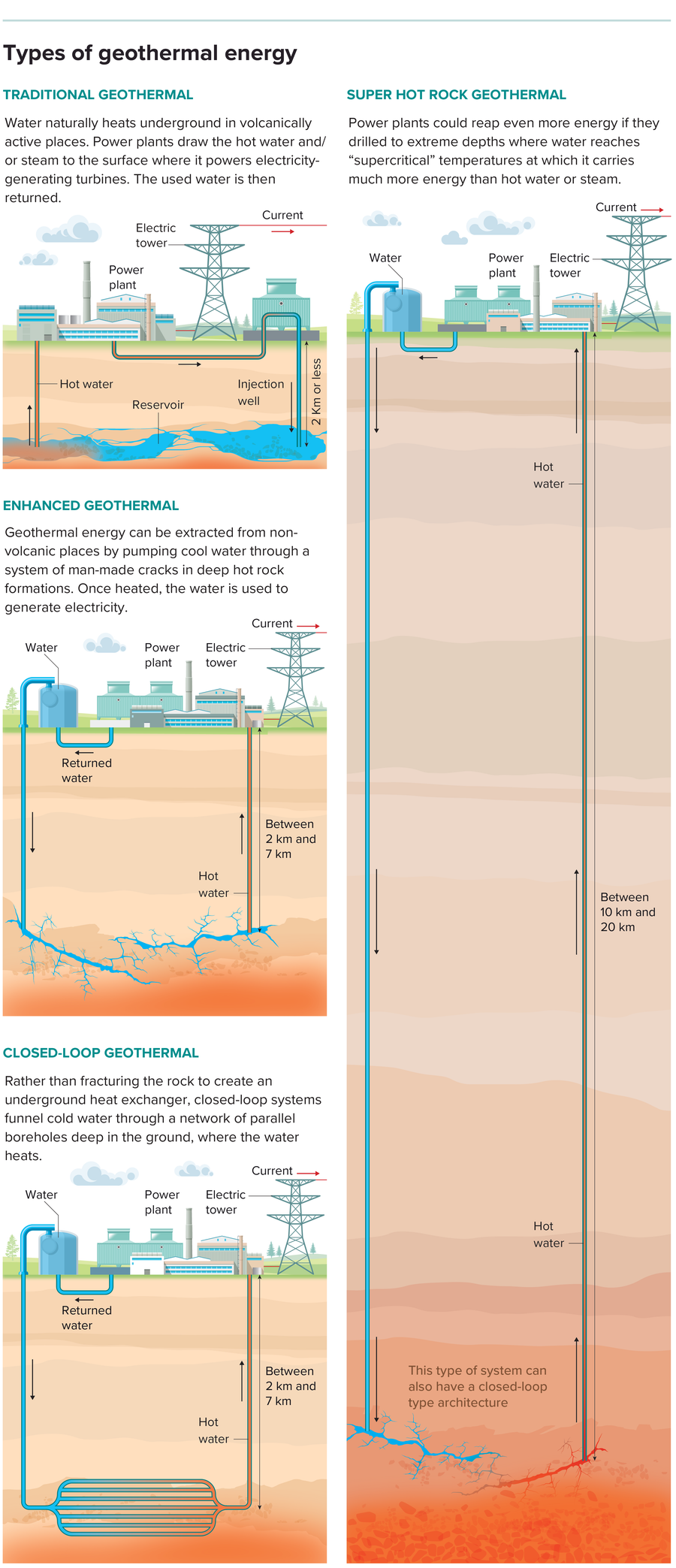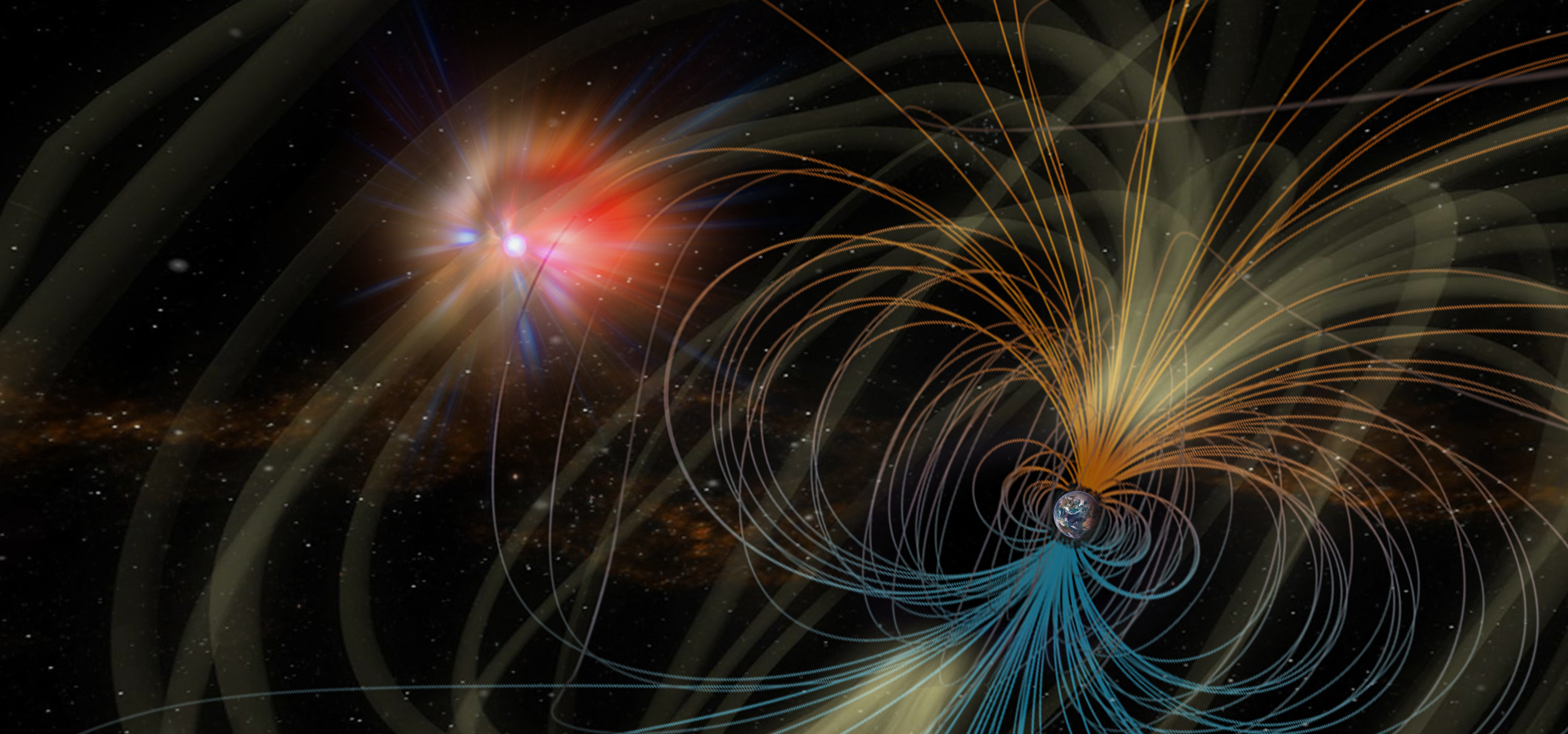CLIMATEWIRE | LONDON — More than 250 million people faced severe hunger last year, with people in seven countries on the brink of starvation, according to a United Nations-led report published on Wednesday.
The fallout of Russia’s war in Ukraine, including high food prices, was the major driver of hunger, particularly in the world’s poorest countries, which have still not recovered from economic shocks triggered by Covid-19. Conflicts were another key factor, along with climate change and extreme weather events.
Some 258 million people in 58 countries or territories faced crisis or worse levels of acute food insecurity in 2022 — a sharp increase from 193 million in 2021, the report says.
Last year was the fourth year in a row that the number in urgent need of food aid has risen, according to the “Global Report on Food Crises,” released Wednesday by the U.N.’s Food and Agriculture Organization, the World Food Programme, the World Bank, the European Union, the United States and members of the Global Network Against Food Crises.
“The latest figures on the global acute food insecurity situation paint a very concerning picture. They tell us that now for four consecutive reports, four consecutive years, we have a situation that’s getting worse,” said Rein Paulsen, director of FAO’s Office of Emergencies and Resilience.
Acute food insecurity is hunger that puts people’s livelihoods and lives in immediate danger and threatens to slide into famine and cause widespread death.
Around 376,000 people in seven countries — Afghanistan, Burkina Faso, Haiti, Nigeria, Somalia, South Sudan and Yemen — face “catastrophic” food security conditions, which, on the international food-security ranking system, is the final stage before famine, the report says.
Conflict was the main cause of hunger in 19 countries, it says, while weather and climate extremes were the primary driver of acute food insecurity for 57 million people in 12 countries, including Pakistan, where devastating floods destroyed crops and left millions without food last year.
War and pestilence
The biggest cause of rising food insecurity last year, however, was economic shocks as a result of Russia’s war in Ukraine and the residual impacts of Covid-19. The fallout from these was the main driver of severe hunger in 27 countries, covering 84 million people.
Russia’s invasion of Ukraine — one of the world’s largest exporters of wheat, corn and sunflower products — in February 2022 rocked global trade in these products, as well as in fertilizers, sending food prices soaring.
Pressure on prices has eased since an agreement allowing Ukrainian grain exports to safely bypass Russian blockades in the Black Sea was brokered by the U.N. and Turkey last July. But the war continues to affect food security indirectly, particularly in poor countries reliant on imports, warns the report.
Russia is also threatening to abandon the Black Sea grain deal when an extension agreed in March ends on May 18. This could see prices rocket once more, pushing millions further toward starvation.
The report is a wake-up call, according to Paulsen. It is “vitally important because it tells decisionmakers, it tells donors, it informs operational agencies and governments about the need for urgent action, scaled-up action, and the right type of action to address the situation,” he said.
What is needed, added Paulsen, is a shift away from flown-in food aid toward agricultural interventions, which “are proven to be the most cost-effective way to respond to acute food insecurity.”
“Globally, we know that only 4 percent of all the funding that goes to food security interventions in food crises contexts, in the contexts that are covered by this report, goes to time-sensitive agricultural interventions,” he said. “That’s something that needs to change if we really want to move the needle on the worsening trend in these numbers that exist.”
This story first appeared in POLITICO Europe.
Reprinted from E&E News with permission from POLITICO, LLC. Copyright 2023. E&E News provides essential news for energy and environment professionals.














